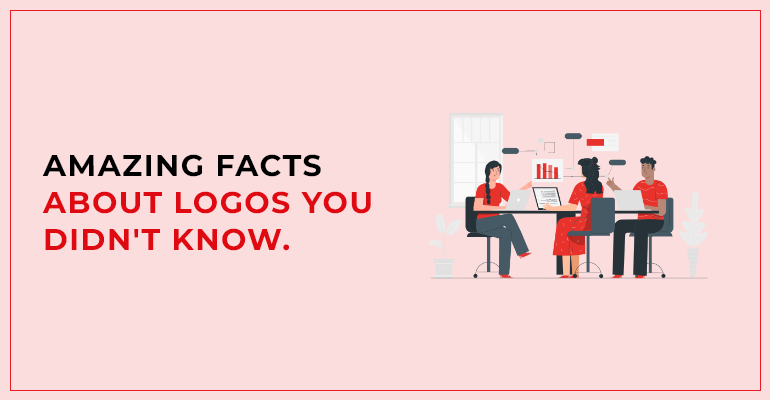
You probably come across several logos daily if you give them some thought. You always interact with brands, whether it be while browsing your Instagram feed, walking your dog, or simply doing household chores. Despite their apparent insignificance, these tiny but mighty symbols have entered our daily lives.
And no matter what you read about logos and logo design, every article will share the same information, including:
But, even after getting to know all these fundamentals, one thing we can’t quite put the finger on is: What exactly is a logo?
Well, let’s have a look!
Simply put, logos are representations of a company’s name and mission in the form of graphical images, shapes, texts, or a combination.
However, a logo can and ought to be more than just a mark of recognition.
If well-designed, it also tells a company’s story by effectively communicating your brand message to your target market and fostering an emotional bond with them.
To make it a bit easier, let’s break down the definition of a logo by the following questions:
A logo is important for many reasons, chief among them being that it:
Okay, got it! Your top priority when starting a business should be developing a logo. But what components does it require to make that happen?
Colors are the core communicators of your message. It takes research and careful consideration to select the colors for your logo; it’s not just a matter of picking your favorite shades. Colors convey to your audience whether you are serious or lighthearted, creative or traditional, modern or traditional, and stable.
Make wise decisions when selecting your logo’s color palette because it has the power to make or break your brand’s identity and affect how people feel about it.
Typography describes the typeface’s appearance, style, and structure as it appears in your logo text. One letter, a monogram, or even the entire name of a company have been used to create logos.
During the design phase, you can look through the best fonts for logos and attempt to speak your brand’s language by choosing a design that adheres to your brand’s core principles.
A picture is indeed worth a thousand words. And for a logo, nothing else is truer than using an image as your logo to convey your message. In logos, graphics can be straightforward or sophisticated, purely aesthetic or practical, standalone, or paired with text. The images should ideally depict the product or an aspect of the customer experience related to your business.
So, if you decide to use an image, remember that your logo will probably need to be adjusted depending on its use.
A tagline is a small phrase or group of words (usually two to seven) that summarizes the essence or spirit of a brand and is placed beneath the logo. This can make it easier to describe the work your company does or the values it upholds. Not all logos require taglines, but they can add meaning, convey your brand’s message, and raise brand awareness.
While the response to this question depends on the business, target market, and logo design, there are a few overall objectives you should undertake when developing a logo:
So, there you have it! Not only have we amazed you with some cleverly obscure facts about logos, but we’ve also shown you how important they are and how much thought and consideration go into each design! So, the next time you take a look at any logo, old or new, take a closer look; you might find something yourself!
And if you’re on the hunt for a professional logo design company, consider checking out platforms like Dezzinex – the ultimate logo-making buddy. Get in touch today!
